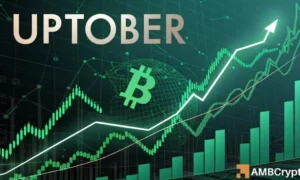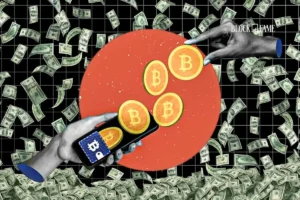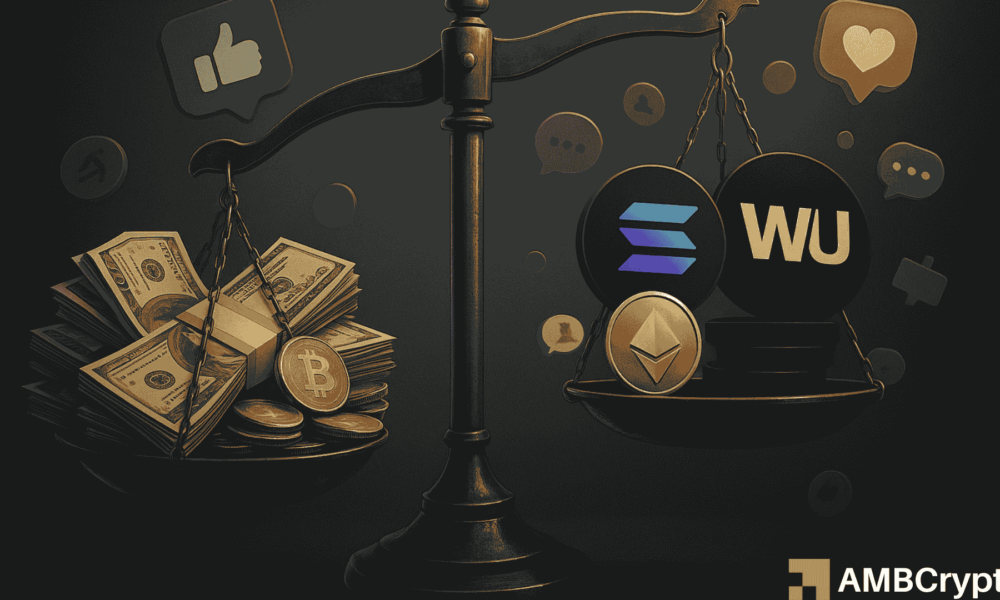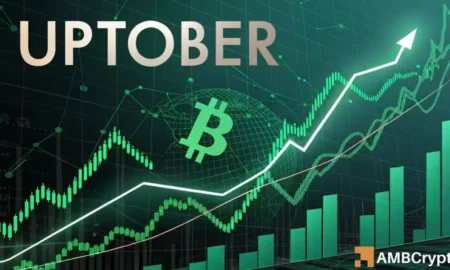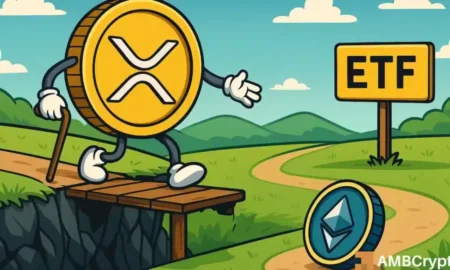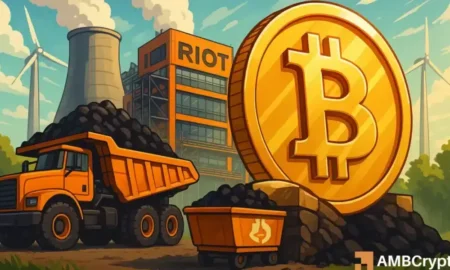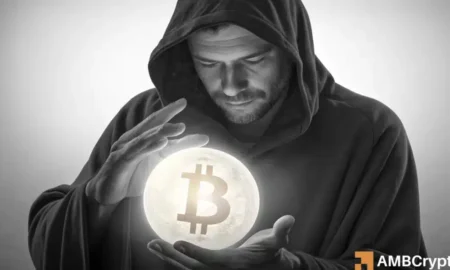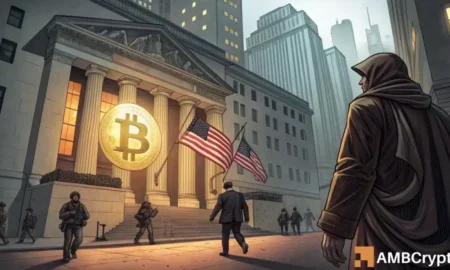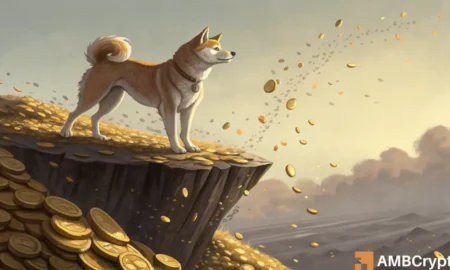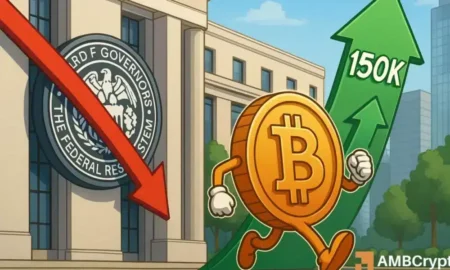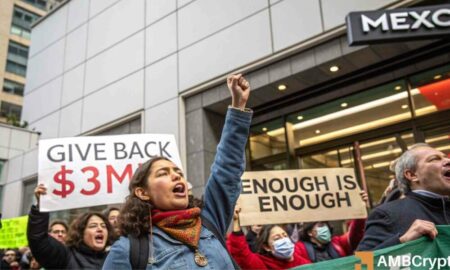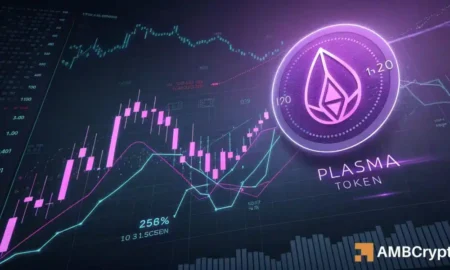Western Union’s Solana-Based Stablecoin: Unpacking the Controversy
In October 2025, Western Union announced a significant partnership with Solana, revealing plans to launch a U.S. Dollar Payment Token (USDPT) on Solana’s blockchain by early 2026. This news sent ripples through the financial and crypto communities, prompting discussions surrounding the implications of such a move. The integration of this stablecoin with Western Union’s global payment network, which serves over 100 million customers in over 200 countries, positions Solana as a player in the stablecoin arena. Western Union CEO Devin McGranahan cited Solana’s "high-speed, low-cost infrastructure” as essential to the decision, positioning the partnership as a testament to Solana’s technical capabilities.
The announcement quickly ignited speculation on social media, with allegations emerging that the Solana Foundation paid Western Union substantial sums—estimated between $25 million and $50 million—for temporary exclusivity. Such rumors have not been substantiated by official statements, but they have fostered a rapid debate within the blockchain communities. Critics assert that this alleged payment signifies a lack of organic growth for Solana, positioning it as "buying" adoption rather than earning it through superior technology. This narrative points to broader issues of integrity and competitiveness among blockchain networks.
The partnership details reveal that Anchorage Digital Bank will issue the USDPT token, as Western Union aims to integrate this digital currency seamlessly into its operations. This strategic move not only showcases Solana’s technology but also signals its ambition to become a pivotal player in mainstream financial systems. Solana’s head of payments, Sheraz Shere, framed this partnership as validation of the blockchain’s scalability, further emphasizing the strategic importance of this collaboration in the evolving digital economy.
Social media users, particularly from rival blockchain communities like XRP, have taken the alleged payment claims as vindication of their long-standing criticism of Solana. These discussions underscore how blockchain ecosystems often create tribal affiliations, leading to contentious debates that sometimes overshadow the technological elements in question. The dialogues surrounding these rumors highlight how perceptions can shape narratives within the cryptocurrency space, impacting community sentiment.
Solar supporters, however, quickly engaged in damage control, dismissing the claims as unfounded. Industry veterans, including Mert Mumtaz and Ryan Wyatt, emphasized that Western Union’s selection of Solana was grounded in technical merit after extensive comparisons with other blockchains. This response aims to bolster their community’s credibility against criticisms of corporate strategies that seem to prioritize financial transactions over technological integrity. The multifaceted approach to partnerships within the blockchain industry complicates this narrative, reminding stakeholders that grant and liquidity incentives are common practices for foundations seeking to gain a competitive edge.
As of now, neither the Solana Foundation nor Western Union has confirmed any financial agreements related to this partnership. Western Union’s press release referenced a “shared vision” without detailing financial specifics, leaving much to speculation. This absence of clear confirmation has spurred ongoing debates among observers, acknowledging that if the rumored payments are true, they align with common practices in blockchain competition. The lack of verified claims continues to stir the pot of discussion, illustrating that partnerships in this sector often elicit passionate responses from various factions.
In summary, the tension surrounding Western Union’s entry into the Solana ecosystem highlights the competitive nature of blockchain technologies. The ongoing discussions surrounding rumored payments only underscore the complicated interplay of business tactics, community sentiment, and technological advancements. As the digital currency landscape evolves, understanding these dynamics will be crucial for both investors and participants in the blockchain community. Only time will tell whether these rumors hold any truth, but for now, they serve as a reminder of the complex nature of partnerships in the ever-evolving world of cryptocurrency.
